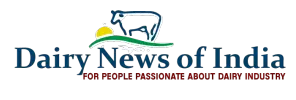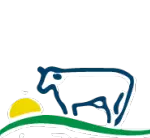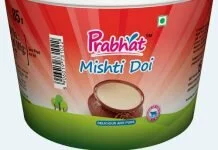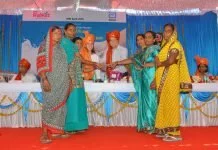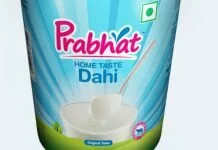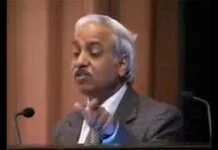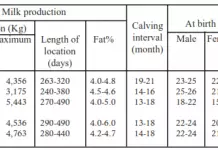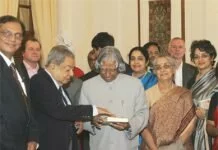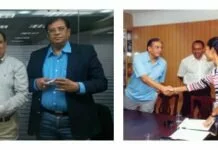You must read this story : how Dairying to be different
Across India, women are central to dairy farming. But while they handle the backbreaking work, it’s the men who control the money and call the shots.
Bora Bai lives on the outskirts of Guwahati in Assam on a small hillock set against the picturesque backdrop of the Shillong plateau. In this seemingly idyllic setting, life is actually tough for the single woman, who runs a small dairy to make ends meet. Additionally she is the sole caregiver for two elderly relatives and a grandson. Household chores, cleaning the cattle shed, bathing the two cows and buffaloes, lugging fodder from the nearby forest, milking the cattle twice a day, and then managing the sale of milk — the 55-year-old’s day is packed.
Her husband, who used to be a daily wage labourer on government construction projects, passed away when Bora was in her 20s. The challenge of running the dairy, which the couple had set up with their meagre savings, fell on her. The family’s tiny hut and cattle shed is located in a “peri urban” zone, which neither comes under the city municipality nor is it rural. The people living here rarely figure on the agenda of policy-makers. According to Bora, no one from the government visits them, neither health workers nor livestock extension officers or even Census officials. They have no ration cards or other identity cards. Yet, it is women like Bora, living on the invisible fringes, who are responsible for supplying nearly 80 per cent of the milk that comes into the city. And this is true not just for Assam but other states as well.
The milk sale involves middlemen, who collect the milk from each household and either deposit it at the State-run cooperatives or sell directly to homes and shops in the city. The payment, informs Bora, is a fixed amount, usually ₹20-22 a litre.
Although some of her neighbours drop off their milk directly at a cooperative, Bora says she doesn’t have the means to travel daily and is wary of dealing with complete strangers. Her 20 litres of milk fetches ₹400 a day. Her biggest challenge is caring for her animals. “I am aware that my animals are not the exotic, high-yielding breeds like a Jersey or Holstein. But then it’s the men who go to the cattle market and the sellers are not willing to engage with a woman,” she explains.
“If the government can provide women like me with specific training, it will enable us to identify common cattle diseases, select milk-yielding breeds and even deal with the financial aspects, especially loans and insurance. ”
Across India, women are central to dairy farming. But while they are left with the backbreaking work, it’s the men who call the shots as they control the money. The women are rarely consulted on critical decisions like what cattle to buy, where to sell the milk and at what price.
Partavi Bai’s family has an established dairy business in village Nawania on the outskirts of Rajasthan’s Udaipur city. Every day, after finishing housework, Partavi and her mother-in-law and sister-in-law go to their dairy farm. They toil till sundown, cleaning the sheds, feeding and milking the 50 cows and buffaloes; in short, doing everything except selling milk and interacting with the vet, which are “important tasks” handled by the men. Partavi, who has studied till Std VIII, deeply resents the discrimination and uneven distribution of work. “Why do we not know how much money comes in from the milk? Why should we not get a share of the income? The men do absolutely nothing; we, on the other hand, ensure the smooth running of the farm and the home,” she fumes.
It is not just the women like Bora and Partavi living in peri-urban spaces who are denied formal rights and identity, but also those in rural areas who are covered by specific schemes and programmes. Owing to social customs, women involved in dairy farming lack the agency to move forward on their own. The exceptions are the Ichhamati Cooperative Milk Union in West Bengal, and Mulukanoor Women’s Mutually Aided Milk Producers Cooperative Union in Andhra Pradesh, where women have gained access to benefits under animal husbandry programmes and extension services.
Women dairy workers have benefited only whenever they have come together to further their cause, whether through the SHG route or the thrift groups set up under the Women Dairy Cooperative Leadership Programme. As a gender expert who has analyzed policies and programmes for inclusive development, Sarita Anand, Associate Professor, Lady Irwin College, Delhi University, believes awareness and access will be the starting points for easing the livelihood difficulties of Bora and others. “Simplifying linkages to government schemes, regular visits to cattle fairs and grounding in the basics of animal health will definitely build capacity and give them confidence,” she says.

Comments
comments
